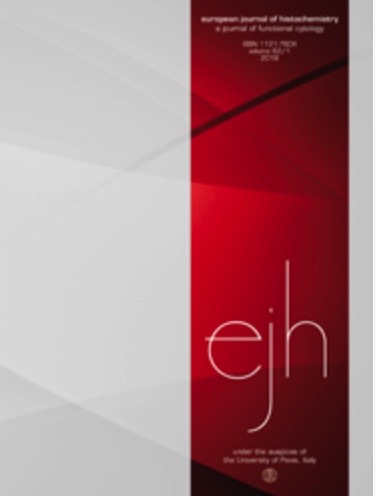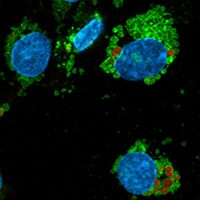 Smart Citations
Smart CitationsSee how this article has been cited at scite.ai
scite shows how a scientific paper has been cited by providing the context of the citation, a classification describing whether it supports, mentions, or contrasts the cited claim, and a label indicating in which section the citation was made.
Autofluorescence in freshly isolated adult human liver sinusoidal cells
Autofluorescent granules of various sizes were observed in primary human liver endothelial cells (LSECs) upon laser irradiation using a wide range of wavelengths. Autofluorescence was detected in LAMP-1 positive vesicles, suggesting lysosomal location. Confocal imaging of freshly prepared cultures and imaging flow cytometry of non-cultured cells revealed fluorescence in all channels used. Treatment with a lipofuscin autofluorescence quencher reduced autofluorescence, most efficiently in the near UV-area. These results, combined with the knowledge of the very active blood clearance function of LSECs support the notion that lysosomally located autofluorescent material reflected accumulation of lipofuscin in the intact liver. These results illustrate the importance of careful selection of fluorophores, especially when labelling of live cells where the quencher is not compatible.
Supporting Agencies
Norwegian Research CouncilHow to Cite

This work is licensed under a Creative Commons Attribution-NonCommercial 4.0 International License.
PAGEPress has chosen to apply the Creative Commons Attribution NonCommercial 4.0 International License (CC BY-NC 4.0) to all manuscripts to be published.








